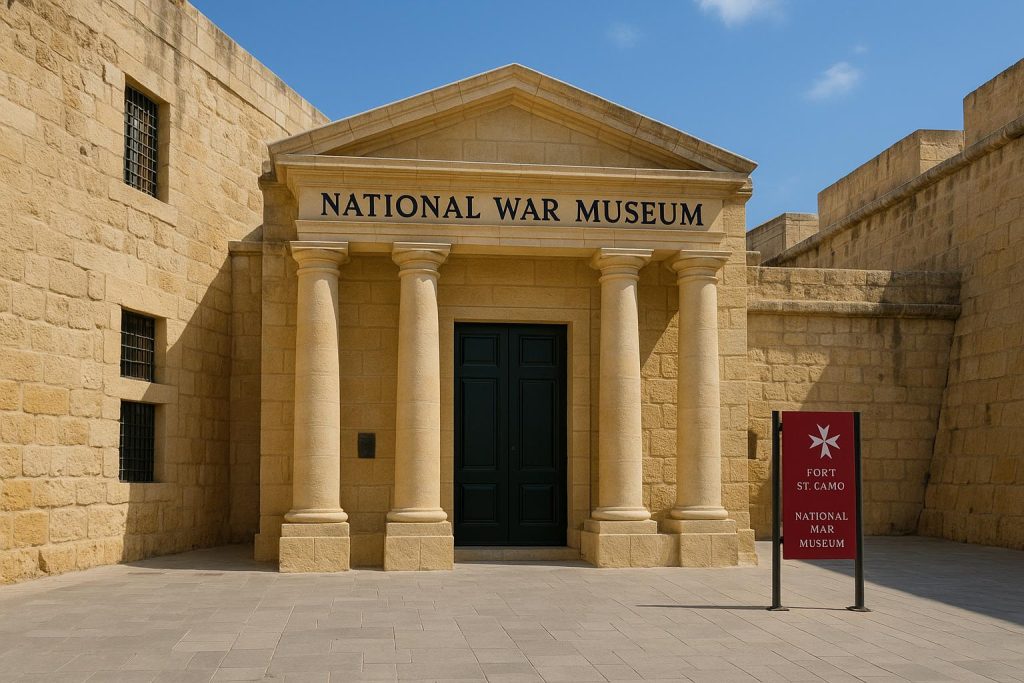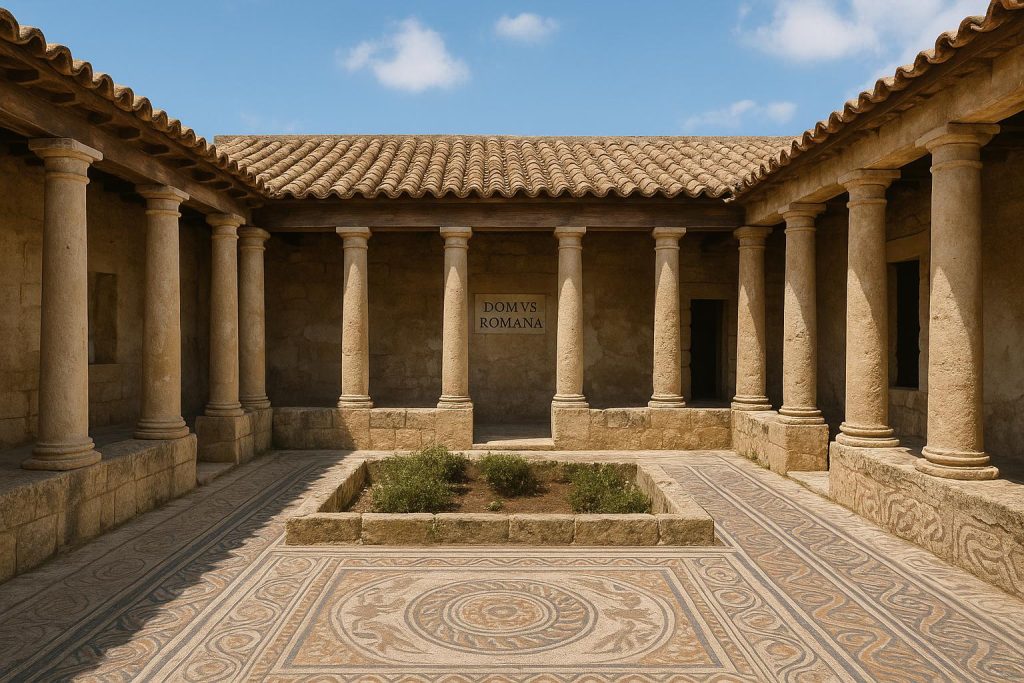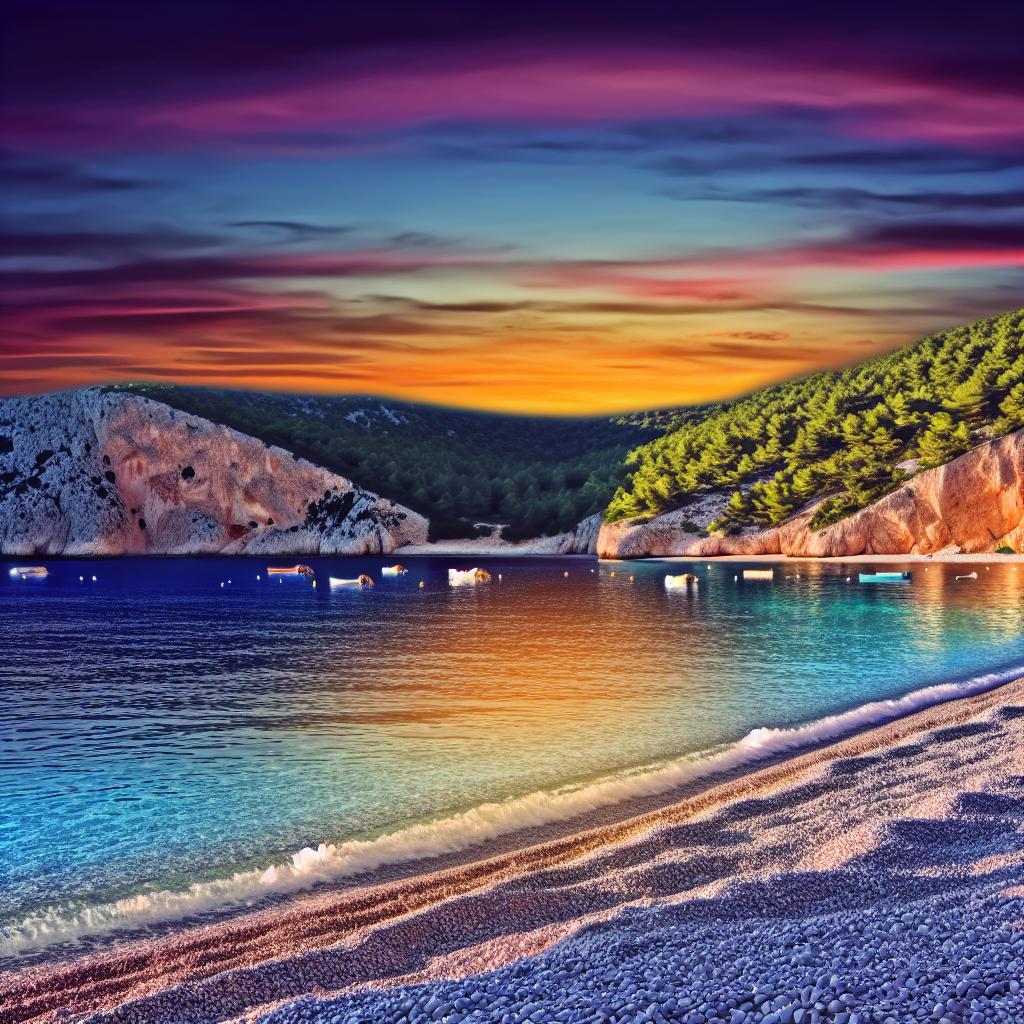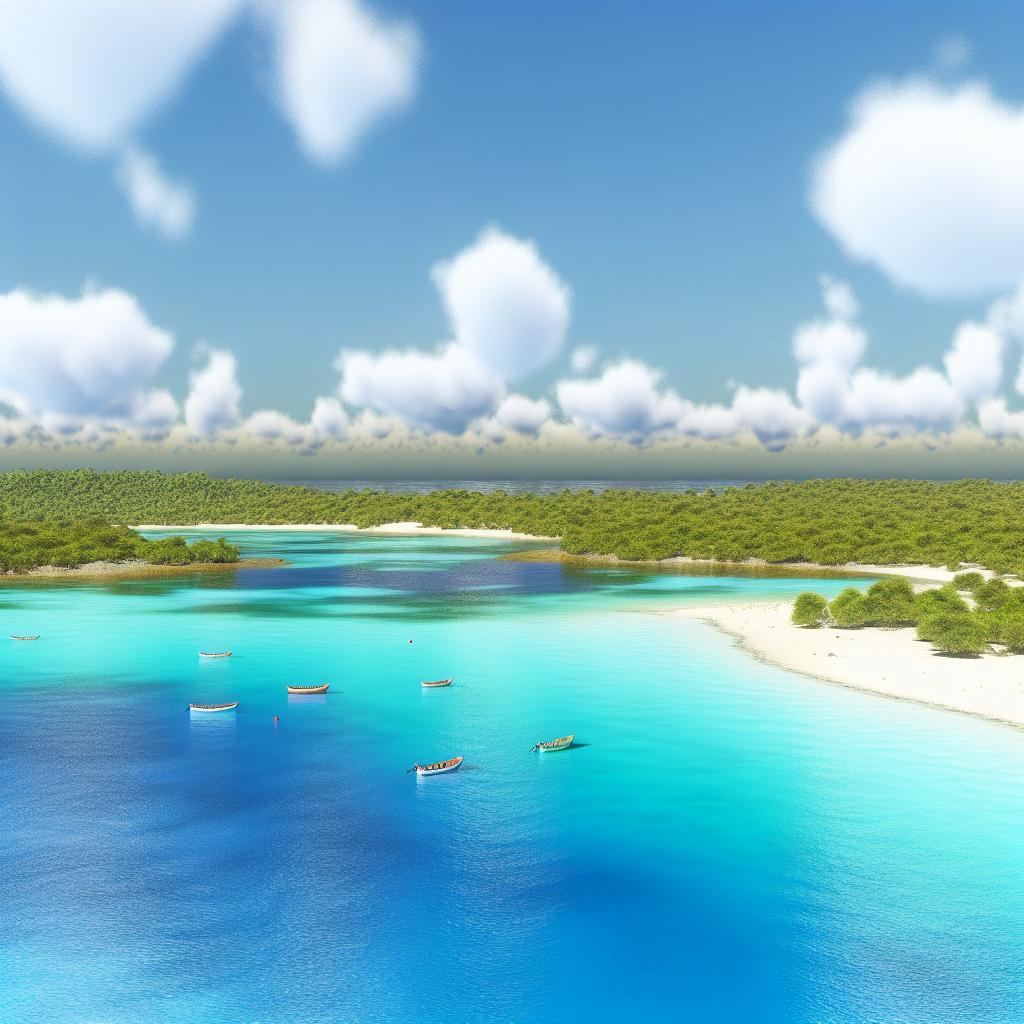The National War Museum at Fort St. Elmo
The National War Museum is located within the historic Fort St. Elmo, a remarkable bastion in Malta’s capital, Valletta. This museum was established to chronicle the extensive military history of Malta, standing as a testament to the island’s strategic importance in numerous historical conflicts. The museum’s location, Fort St. Elmo, dates back to the 16th century and is valuable due to its own rich military background. Visitors to the museum can delve into a wealth of historical exhibits that offer deep insights into the resilience and strategic significance of Malta.
Historical Significance of Fort St. Elmo
Fort St. Elmo has been integral to Maltese defense since its initial construction. Built by the Knights of St. John in 1565, it served as a critical point of defense during the Great Siege of Malta in the same year. Over time, the fort has seen various enhancements and renovations, reflecting the changes in military technology and strategic needs through different eras. The British Empire, during its dominion in the 19th and 20th centuries, conducted significant modifications of the fort. Each phase of its enhancement is displayed throughout the museum, offering a layered understanding of its historical role.
The Museum’s Extensive Collection
The National War Museum hosts a wide array of artifacts covering various periods of conflict, particularly focusing on the Second World War. Among the most notable exhibits is the George Cross, awarded to the island by King George VI in 1942. This decoration symbolizes the exceptional bravery of the Maltese people during a time of intense adversity. Additionally, the Gloster Sea Gladiator N5520, “Faith”, part of the renowned trio of biplanes that defended Malta during the early stages of World War II, stands prominently within the museum.
Relics from the Great Siege of Malta are also part of the museum’s collection. Visitors can find military attire, weapons, and detailed models of the fortifications once relied upon by those defending the island. These exhibits are not merely remnants of the past but serve as educational tools that offer insights into the engineering skills of military architects and the harrowing conditions soldiers endured during battles.
Permanent and Temporary Exhibitions
The museum’s permanent displays present a chronological journey through Maltese military history. Yet, in addition to these longstanding exhibits, the National War Museum frequently hosts temporary exhibitions that delve deeper into specific conflicts or historical narratives. These temporary showcases are designed to enrich public understanding of Malta’s multifaceted military history and the evolution of warfare over time. For those interested in specific aspects of history, these changing exhibitions provide a dynamic educational experience.
Details about current and upcoming exhibitions can generally be accessed through the museum’s official website. This allows potential visitors to plan their trips according to their particular interests or upcoming themes they might find intriguing.
Visiting Information
The National War Museum is open throughout the year, granting access to its vast collection of historical artifacts and the architectural splendor of Fort St. Elmo itself. Before planning a visit, it’s advisable for visitors to verify the museum’s current opening hours, ticket prices, and any special events or potential restrictions on the museum’s official website.
To enhance the experience, guided tours are available. These tours provide expert insights, offering a more enriched understanding of the museum’s exhibits and their historical context. Specialists and well-versed guides lead tours through the extensive galleries, ensuring that visitors gain comprehensive knowledge of Malta’s military history.
Whether visitors are passionate about history or simply exploring, the National War Museum offers a detailed journey through Malta’s storied past. It emphasizes the island’s pivotal role on the global military stage through well-curated exhibits that appeal to both casual visitors and dedicated historians. This exploration provides a reflection on the island’s enduring legacy and its continuing significance.










